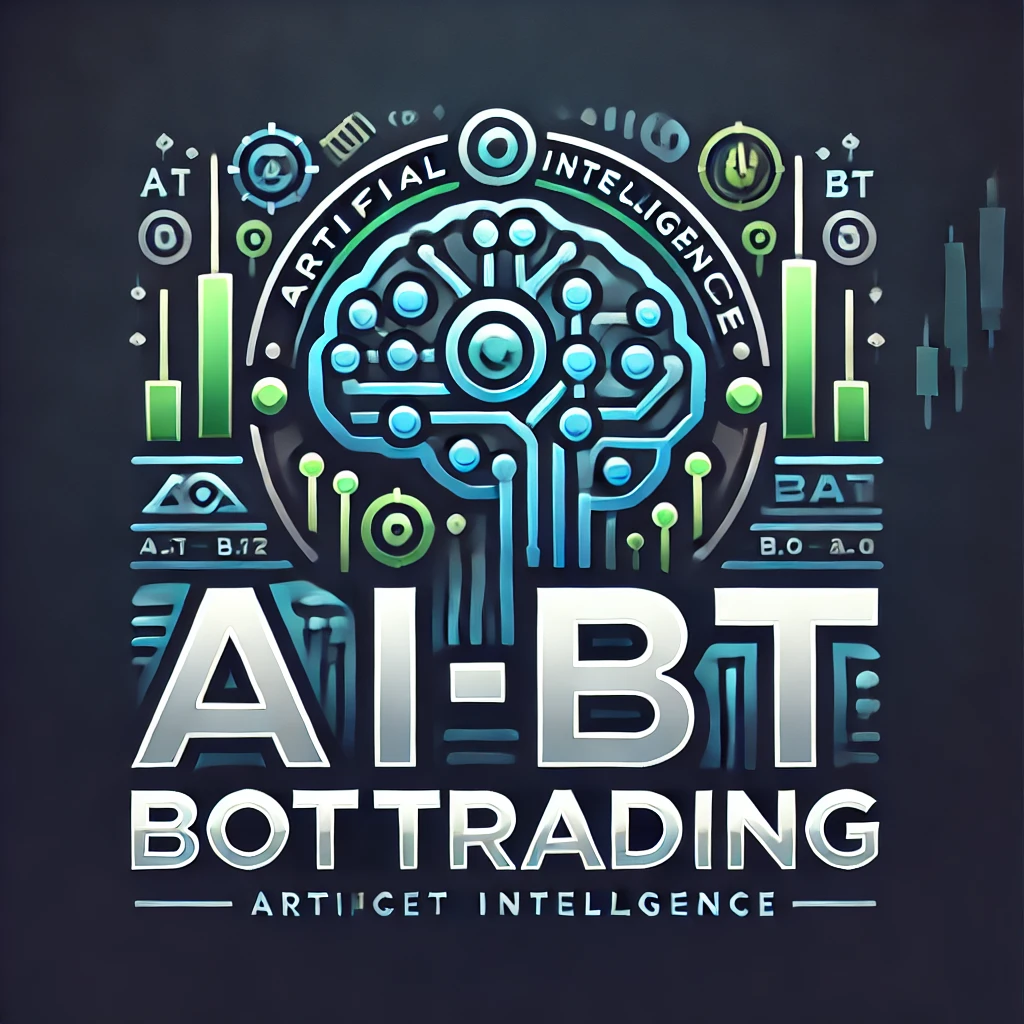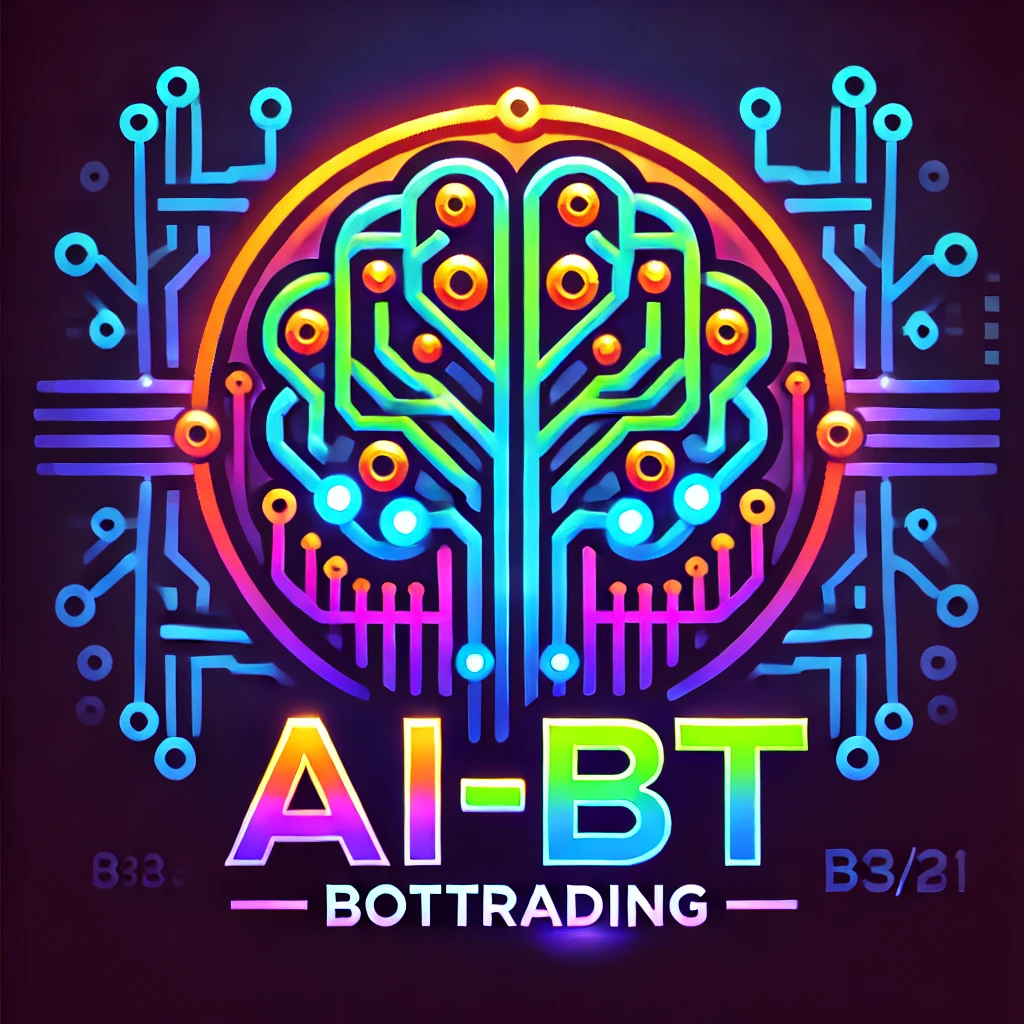- Trading Methods.
- Bid\Ask. Footprint.

• News Feed •
Profile Center Exchange Trading
• How can a trader work efficiently and avoid burnout •
STAGE “BASE”
STAGE “IMPLEMENTATION”
STAGE “IMMERSION”
♦ Trading Methods ♦
• Crypto Exchanges •
- What are trading signals? Trading signals are hints based on market analysis that help traders make decisions about buying or selling assets. They can be based on technical analysis, fundamental analysis, news, or a combination of these factors.
- What is swing trading? Swing trading is a strategy in which traders hold positions for several days or weeks to profit from medium-term price fluctuations. Examples of strategies: trading on bounces from support/resistance levels, trend trading using moving averages.
- How to develop a crude oil futures trading strategy? Strategy development includes analysis of fundamental factors (supply and demand for oil, geopolitical events) and technical analysis (chart patterns, indicators). It's important to consider the volatility of the oil market and manage risks.
- Wave analysis and volume analysis: Wave analysis helps identify potential price movement targets, while volume analysis confirms trend strength and possible reversals.
- Tick charts: A tick chart shows each tick (price change) of an asset, allowing traders to see a detailed picture of price movement.
- Protective strategies: These are strategies aimed at minimizing losses in case of unfavorable market movements. Examples: stop-loss orders, hedging, portfolio diversification.
- How to read footprint and trade clusters: Footprint shows the volume of trading at each price level, and clusters are groups of orders at certain levels. This helps to understand the behavior of market participants and make decisions.
- Channels in trading: A channel is an area between two parallel trend lines. Trading inside the channel involves buying at the lower border and selling at the upper border.
- Intraday trading: This is a trading style in which positions are opened and closed within one trading day.
- 50% retracement: This is a price correction of 50% of the previous movement. It can be used as a signal to enter the market or to determine targets.
- DOM Trading: This is a trading style based on the analysis of the Depth of Market (DOM).
- Voss Predictive Filter: This is an indicator that tries to predict the future direction of price based on historical data.
- Cluster Search and Big Trades: Cluster Search shows clusters of orders, and Big Trades shows large trades. Both indicators help to understand the behavior of large market participants.
- Detecting a major player: Major players leave traces in the market in the form of large trading volumes, certain patterns on the chart, etc.
- Automatic testing of a trading system: This is the process of checking the effectiveness of a trading strategy on historical data.
- Cumulative Volume Delta: This indicator shows the cumulative change in trading volume, which can help determine the strength of a trend.
- Intraday levels: These are support and resistance levels that are important for intraday trading.
- Traces of “smart money”: These are the actions of large market participants that can be tracked using certain indicators.
- Reversal charts: These are charts that help identify potential market reversals.
- Filters in the Delta indicator: Filters help to filter out false signals and focus on the most important data.
- Aroon indicator and cluster charts: Aroon shows the strength of the trend, and cluster charts show the behavior of market participants. The combined use of these tools can help make more informed decisions.
- Cluster analysis, volume levels, and Range charts: The combination of these tools allows you to get a more complete picture of the market and make decisions based on several factors.
- Catching falling knives: This is a strategy of buying an asset during its fall in the hope of a quick recovery. This is a risky strategy that should be used with caution.
- Overlaying indicators in ATAS: This is a feature of the ATAS platform that allows you to combine multiple indicators on one chart.
- Parallel channels: These are several channels that are built on one chart and can help determine potential support and resistance levels.
- Finding reversals on Delta charts with the VZO indicator: The VZO (Volume Zone Oscillator) indicator shows the ratio of buying and selling volume, which can help identify market reversals.
- Tape patterns indicator: This indicator shows certain patterns on the tape of trades that can be used for making trading decisions.
- Level breakouts: These are situations where the price breaks through a support or resistance level. Trading on breakouts can be risky but also profitable.
- False breakout trading strategy: A false breakout is a situation where the price breaks through a level but then returns back. Trading on false breakouts can be profitable if the pattern is correctly identified.
- Cluster analysis in trading: Cluster analysis is a data grouping method that can be used to analyze the behavior of market participants and make trading decisions.
- Trend trading strategy with Cluster Search and Dynamic Levels Channel: This strategy involves using the Cluster Search indicator to determine the direction of the trend and the Dynamic Levels Channel indicator to determine entry and exit levels.
BT Futures Top, Trading on the real market, information for traders, market analysis and assessment, Trading strategies, templates, models, nuances of using market data, Exchange TRADER SPECIALIZING IN FINANCIAL SYSTEMS, Trading futures contracts, Exchange trader, market secrets, currencies, euro, dollar, pound, indices, futures contracts, SNPi500, CME exchange, MMVB exchange, Forex, trading binary options, Fed, ECB, Bitcoin, Ethereum, Fundamental analysis of the currency market, Central bank policies, Best trading strategies, Education in the field of trading, Market profile, demand, supply, limit orders, open interest, trade volume, liquidity, wave analysis, technical analysis, Interbank market, gold, silver, cryptocurrencies, oil, How to make money quickly, Forex market, Quick trading, Trading signals, Economic calendar, Indicators for platforms, Investment portfolio, euro exchange rate on Forex, Forex currency exchange, Futures prices, futures market, footprint in trading, Basics of footprint, footprint indicator, footprint clusters, Cryptocurrency today, cryptocurrency overview, transaction volume indicators, transaction volumes in dollars, transaction volumes in the currency market, transaction volumes on the exchange, Trading education courses, best trading education courses, trading education courses for beginners, exchange trading, basics of fundamental analysis, fundamental currency analysis, real-time market data
#tradingsignals, #marketsignals, #trading, #swingtrading, #tradingstrategies, #examples, #crudeoilfutures, #tradingstrategy, #oilfutures, #waveanalysis, #volumeanalysis, #trading, #falsebreakout, #marketprofile,, tradingstrategy, #pressureexhaustion, #buyingpressure, #sellingpressure, #catchingfallingknives, #tradingrisk, #fallingknives, #simpleterms, #smartmoney, #tradingtips, #trackingsmartmoney, #volumeanalysis, #dualityproblem, #trading, #heatmap, #ATAS, #tradingtools, #parallelchannels, #trading, #charting, #catchingfallingknives, #tradingrisk, #fallingknives, #levelbreakouts, #tradingwithoutrisk, #breakouts, #wideningspread, #trading, #spreadanalysis, #50percentlevel, #tradingexamples, #hypotheses, #barbybar, #chartreading, #trading, #barbybar, #chartreading, #trading, #endofcorrection, #trading, #chartanalysis, #tradingtest, #trading, #markettest, #microsoftstock, #MSFT, #stocktrading, #pressureexhaustion, #trading, #marketpressure, #deadcatbounce, #tradingbounce, #tradingterms
#market, #update, #crypto, #prices, #surge, #amid, #talks, #options, #volatile, #market, #forex, #strategies, #beginners, #futures, #trading, #trends, #2024, #mastering, #risk, #management, #crypto, #expiration, #dates, #explained, #indicators, #watch, #analyzing, #contracts, #long-term, #gains, #USA, #USVulnerabilities, #DollarDominance, #AmericanEconomy, #FinancialCrisis, #GlobalMarket, #TechSector, #BigTech, #NationalDebt, #Globalization, #DemographicCrisis, #PoliticalPolarization, #InvestmentRisks, #Diversification, #Multipolarity, #China, #EmergingMarkets, #FinancialMarkets, #AmericanHegemony, #DollarBubble, #EconomicGrowth, #SupplyChains, #GlobalThreats, #Taiwan, #WorldEconomy, #USMarket, #FinancialStability, #TechGiants, #MarketAnalysis, #Innovation, #AIRevolution, #EconomicShifts, #TradingInsights, #StockMarketTrends, #Sustainability, #EmergingEconomies, #Decentralization, #TechInnovation, #RiskAssessment, #FutureOfFinance, #DigitalCurrencies, #GeopoliticalTensions, #EconomicForecast, #InvestmentOpportunities, #GlobalFinance, #MarketMovers, #GrowthPotential, #WealthManagement, #StrategicPlanning, #USMarkets2024, #AIImpact, #EconomicDisruption.
































